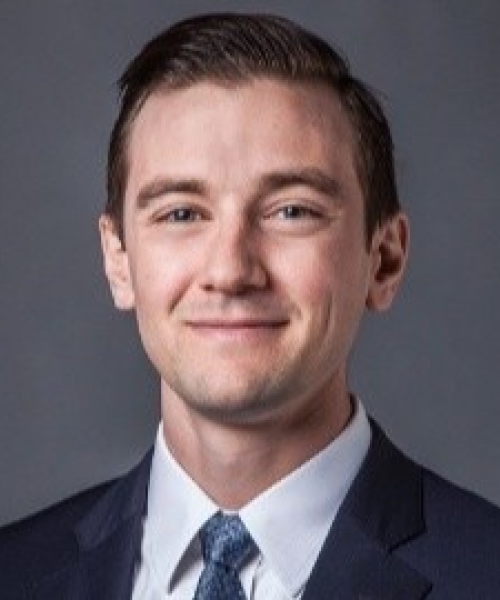“The most important thing to realize is that the goal is closing the coverage gap,” Bill Chetney said at the NAPA 401(k) Summit in San Diego on Tuesday when commenting on opportunities in the small retirement plan market.
Chetney, president of the Viking Cove Institute, moderated a Summit session, “Gold ‘Crush’: The Big Opportunities in the Small(er) Market,” which featured Group Plan Systems' Pete Swisher, BidMoni’s Stephen Daigle, First Security Bank’s Andy Arnold, and Cambridge Investment Group’s Mark Thornton.
The small plan market has traditionally been an overlooked part of the retirement plan space, primarily because firms haven’t been able to efficiently and profitably accommodate and service small plans at scale. No longer, according to the panel. With the advent of new technology and retirement plan design, a case is made that working in this space not only can be done but can be done profitably and in the best interest of the plan sponsor and their employees.
Pair that with the proverbial ‘gold rush’ thanks in part to the emergence of state-run IRA plans in the small and micro space, and this presents an enormous opportunity with more than enough market share for every advisor.
“What inspired the panel, this ‘Gold Crush’ and the big land grab that’s coming is the fact that Brian Graff got on stage three years ago at the 401(k) NAPA Summit and aid there are 60 million people uncovered in America,” Chetney added in a post-panel interview. “We have a big carrot and a big stick out there.”
The stick is state mandates to provide coverage or face fines. An even bigger stick is what Graff described in his opening Summit keynote, a potential federal takeover of private retirement plans.
“There’s big money behind this idea, so there’s a real threat within it,” Chetney explained. “I listen to Brian on that, but we also have a really good carrot. I think of the many provisions in SECURE 2.0., and the big one to focus on is the tax credits. For the next two years, you can offer a 401K plan essentially for free. That will be a great way for an advisor to go out, close business, be compensated for it, and it all nets out really well for the small plan market.”
The panel focused on addressing the coverage gap from a MEP, PEP, fintech, home office, and advisor perspective. Claiming the opportunity in the small plan market is positive overall, the added fear of a federal takeover is added motivation.
“When the phase-out happens after two years, and we haven’t closed the coverage gap, I feel like the government might go, ‘Hey man, you know what? We gave you 401I(k) plans for free, and it’s still not closing the coverage gap.” Chetney said. “That might add a lot to their argument. But overall, this is a tremendous growth opportunity for advisors, and we are incredibly optimistic.”
Pain Points
What SECURE 2.0 does that’s so advantageous is solve traditional pain points.
“In the past, the pain points were that the small market wasn’t scalable or profitable, and large plans were more attractive. If you look at large plans, not only is competition so high, but fee compression has made it less desirable. Now, with these tax credits, the small market is profitable. You can charge a flat fee.”
One important thing to note, Chetney concluded, is the need to differentiate services. White glove, high-end service advisors provide large plans isn’t necessary for the small plan market.
“However, an experienced advisor is like going to an older experienced doctor when something goes wrong. They’ve been through it.”

